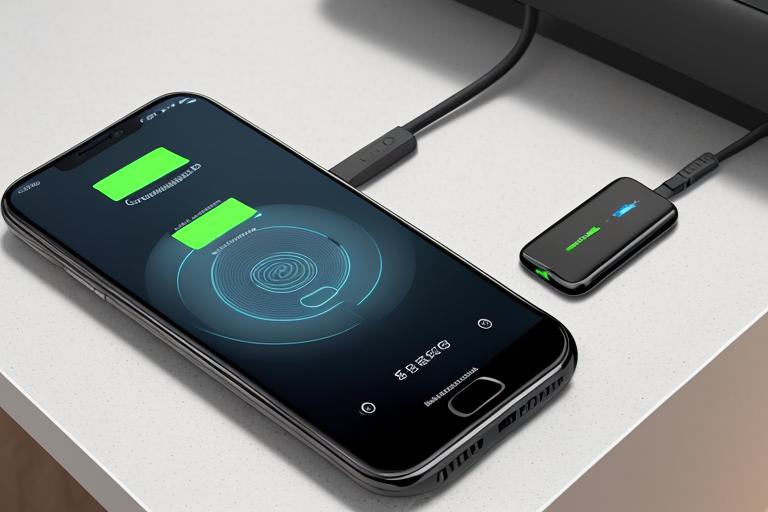Recently, news broke that a CEO of a major health insurance company was shot and killed in broad daylight. But what shocked many wasn’t the crime itself—it was the overwhelming public reaction. Instead of mourning, social media erupted with cheers, with many calling it “long-overdue justice.”
This isn’t just about one executive meeting a tragic end. It’s a reflection of decades of frustration and anger toward the U.S. healthcare system—one that many see as designed to profit from human suffering. But why is public resentment toward health insurance companies so intense? Let’s break it down.
1. How Health Insurance Works in the U.S.
The U.S. has some of the most advanced healthcare in the world—but accessing it is another story. Unlike many countries that provide universal healthcare, the U.S. relies on a private, profit-driven insurance system. The government offers limited coverage through Medicare (for seniors) and Medicaid (for low-income individuals), but the vast majority of Americans either:
- Get health insurance through their employer,
- Buy an expensive private plan, or
- Go uninsured and risk financial disaster if they get sick.
Even with insurance, Americans often face sky-high deductibles, co-pays, and out-of-pocket costs. Worse yet, insurance companies frequently deny claims, delay payments, or refuse coverage for necessary treatments—leaving patients drowning in medical debt.

2. The Biggest Problems with U.S. Health Insurance
1) It’s Crazy Expensive
Health insurance in the U.S. is outrageously expensive. As of 2023, the average annual premium for an individual plan is $7,911, while a family plan costs a staggering $22,463. And that’s before you even use it—once you do, you still have to pay thousands more in deductibles and co-pays.
For those without employer-sponsored insurance, buying a plan on the open market is often financially crippling. And if you make too much to qualify for Medicaid but too little to afford decent private insurance? You’re out of luck.
2) Confusing Plans and Denied Claims
Reading a health insurance policy is like trying to decode ancient hieroglyphics. Policies are filled with fine print and loopholes that allow insurance companies to deny coverage for essential treatments. Even when a doctor recommends a procedure, insurers often reject it as “not medically necessary,” leaving patients to either fight a long battle for approval or pay out of pocket.
3) Medical Bankruptcy is a Real Thing
In the U.S., getting sick can mean financial ruin. Over 60% of personal bankruptcies are tied to medical expenses—even for people who have insurance. Between high deductibles, uncovered treatments, and denied claims, a single medical emergency can wipe out a lifetime of savings.
4) Insurance Companies Prioritize Profits Over Patients
At the end of the day, insurance companies exist to make money—not to keep people healthy. They maximize profits by:
- Raising premiums to squeeze more money out of policyholders.
- Limiting coverage to pay out as little as possible.
- Denying claims through loopholes and red tape.
- Delaying reimbursements, forcing patients into medical debt.
Many Americans believe the system is rigged against them, with insurance executives making millions in bonuses while everyday people struggle to afford basic medical care.
3. Why Were People Cheering After the CEO’s Death?
A violent death is never something to celebrate—but the reaction to this CEO’s shooting was a symptom of deeper public rage. Here’s why so many people felt no sympathy:
1) Health Insurance CEOs Are Seen as “Villains”
To many Americans, insurance executives are nothing more than greedy middlemen profiting off human misery. They rake in massive salaries while everyday people are forced to choose between paying rent or affording life-saving medication.
2) Families Have Gone Bankrupt Over Medical Bills
It’s not just about money—it’s about real people losing their homes, draining their savings, and even dying because they couldn’t afford treatment. The frustration has been boiling for decades, and this incident simply brought it to the surface.
3) The Growing Divide Between the Rich and the Sick
While ordinary people struggle to pay for basic care, insurance executives live in multi-million-dollar mansions. The stark contrast fuels resentment, making CEOs easy targets for public outrage.
4) The System is Actively Blocking Reform
Many Americans support Medicare for All or some form of universal healthcare, but insurance companies spend millions lobbying against reform to protect their profits. This has only deepened the public’s frustration, as people feel trapped in a system that prioritizes corporate earnings over human lives.
4. Can the U.S. Healthcare System Be Fixed?
Despite growing dissatisfaction, real change is slow and difficult due to several major obstacles:
- Insurance & pharmaceutical companies hold enormous lobbying power and actively block reforms that could cut into their profits.
- Political division: Democrats tend to support expanding government healthcare programs, while Republicans often resist them, citing concerns over high taxes and government overreach.
- Public uncertainty: Many Americans fear that switching to a government-run system could lead to higher taxes or lower-quality care.
However, the momentum for reform is building. Support for a single-payer system (where the government provides basic healthcare for all) is growing, especially as more people experience firsthand the financial ruin of the current system.
The question is no longer if America’s healthcare system will change—it’s when and how.

Final Thoughts
The killing of a health insurance CEO wasn’t just a tragic crime—it was a reflection of public anger toward a broken system. When people cheered his death, they weren’t celebrating violence; they were expressing decades of pent-up rage at a system that prioritizes profits over patients.
If there’s one lesson to take from this, it’s that the U.S. healthcare system is long overdue for serious reform. People shouldn’t have to fear going bankrupt just because they got sick. Until that changes, the anger—and the calls for justice—will only grow louder.


